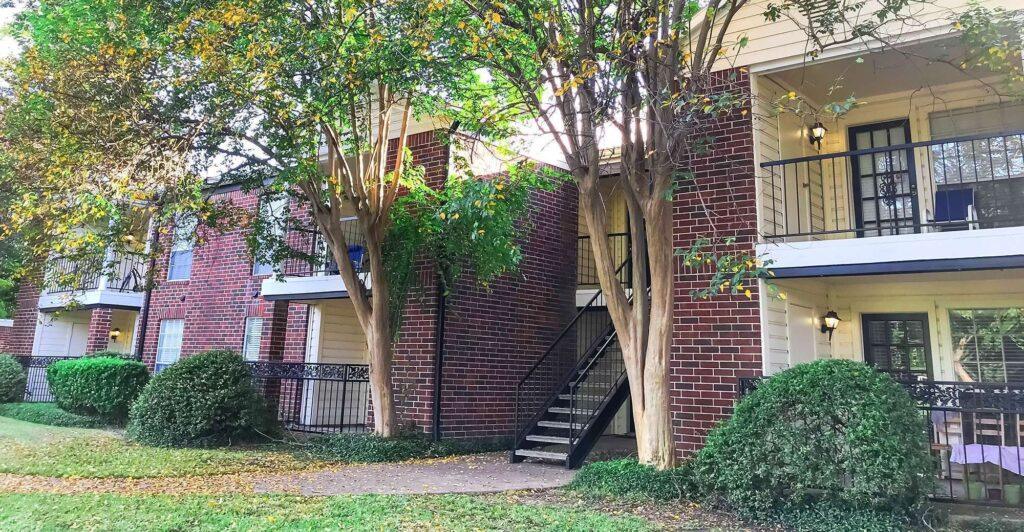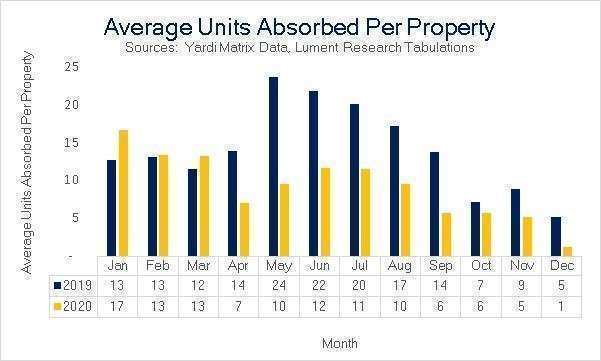Low-rise apartment developments with just a few buildings can help apartment investors break into the suburbs where sprawling, garden apartment properties don’t have space to fit in. These smaller deals also provide an opening for smaller investors to develop apartments with less competition from larger institutional investors who rarely focus on smaller deals.
Currently, there is a huge backlog of cases at the courts, which means that your case might take some time before it is heard. Even if you take the person to court, there is no guarantee that they will be able to pay the money owed. If possible, explore every other option available before initiating eviction proceedings.
Most of the metros across the U.S. are witnessing improvement in apartment fundamentals.
Home loan interest rates have inched up about half of one percentage point since the beginning of 2021, and analysts say that rise is beginning to squeeze young buyers out of the market.
The pandemic had a demonstrable impact on new space leasing, affecting every segment of the market. The pain was not felt equally across property types, however, as low-rise designs attracted stronger resident demand than elevator-served buildings no matter the location.
This webcast will focus on first-hand investor feedback about sales and pricing trends, the commercial real estate outlook, and how investors are adapting their underwriting and investment strategies.





